Iron and steel production is a complicated business that is intertwined with the global economy. Steel products are required by the automotive, construction, and other production industries. The steel industry consumes a large number of raw resources (iron ores, coal, and scrap) as well as energy.
The steel industry is a major polluter of the environment, emitting dust, heavy metals, sulfur dioxide, hydrochloric acid, hydrofluoric acid, polycyclic aromatic hydrocarbons, and persistent organic pollutants from sinter plants and coke ovens, as well as waste water from pelletization and dust and waste water from the blast and basic oxygen furnaces (European Commission. 2011). Because most raw resources are located in faraway places, international trade of steel products and inputs is required to meet consumer demand.
Coal and ore-rich countries in South America, Africa, and Oceania provide Europe, North America, and the Far East. Steel items, both semi-finished and finished, move in the other direction. Ships dominate this industry. This has an impact on supply and demand patterns, which in turn has an impact on prices.

slab steel joint
A construction slab steel joint is a form of concrete junction that is used when a fresh portion of concrete is poured next to an already set segment of concrete. A construction joint’s goal is to allow for some horizontal movement while remaining solid against rotational and vertical movement. Construction joints prevent the concrete structure from failing prematurely.
A construction joint is utilized when an already-set concrete slab must be linked to a new portion of concrete. This may be necessary for a variety of reasons. One reason is that building activity must cease at some point (for example, at the end of the day), therefore one concrete piece must inevitably be set before following sets. When work resumes, it is preferable for the new and old sections to function as closely as possible as one huge slab.
Straight wall butt joints and tongue and groove joints are two examples of construction joints with various geometry. A tie bar placed through each concrete slab connects them together as an alternative technique of joining an already set concrete slab with another concrete slab.
The production of steel plates and coils, as well as the industry that specializes in heavy machinery, are the two primary markets for steel slabs. Slabs, much like steel billets, are shaped in preparation for additional processing, but they retain the distinctive rectangular form in which they were initially cut.
Before being sent to a steel rolling mill, the steel slabs that have been manufactured in a continuous casting plant are required to first go through the process of conditioning in a reheating furnace. Only then will they be able to be sent to the rolling mill. Scale Breakers are devices that scrape the surface of heated slabs to remove the thick scale that might accumulate there. These machines are often referred to by their acronym, VSB.

mild steel slabs
Semi-finished mild steel is what you get at the end of the process of rolling ingots on a rolling mill or processing them through a continuous casting process. Both of these processes result in the same final product. When producing flat commodities such as steel plates or hot rolled coils, slabs are the “beginning” metals that are utilized in the production process. Slabs will have cross sections that are rectangular in shape.
Ingot rolling
Rolling ingots are widely acknowledged within the aluminum industry as being one of the most significant commodities. After being produced according to your specifications, TRIMET ingots are simply subjected to additional processing. These ingots are utilized in the process of hot or cold rolling, during which they are rolled out to produce flat goods or thin foils.

Process of casting that is currently occurring
Continuous casting, also known as strand casting, is a process that solidifies molten metal into a billet, bloom, or slab that is “semifinished” and ready for rolling in the finishing mills. This process is also known by its other name, strand casting. Before continuous casting was developed in the 1950s, ingots of steel were initially created by pouring liquid steel into stationary molds. Since then, a production method is known as “continuous casting” has evolved to make things with increased yields, improved quality, increased productivity, and decreased expenses.
As a result of the inherently lower costs associated with the continuous, standardized production of a product as well as the greater control it provides as a result of automation, it enables the production of metal pieces with superior quality at a lower overall cost. Casting steel using this process is by far the most common practice (in terms of tonnage cast). Aluminum and copper are both cast using the continuous casting process.
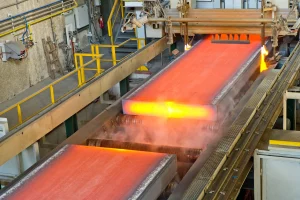
steel slab formwork
Concrete or other similar materials are cast in place or precast using formwork. Concrete shuttering molds are supported by falsework. For added insulation or reinforcement, special applications may permanently incorporate formwork into the finished building. Formwork is made of wood, steel slab metal, plastic, and composite materials. Wood-based molds Wood, plywood, or moisture-resistant particleboard are used to create on-site formwork. The plywood face is simple to build, but it only lasts a short time in larger projects.
It is still frequently utilized when labor costs are less expensive than reusable formwork. Because it is the most adaptable formwork, advanced parts can use it. Engineered Formwork Prefabricated modules with a metal frame (usually made of steel or aluminum) and material with the specified surface structure make up this formwork (steel, aluminum, timber, etc.).
Formwork systems provide faster construction than traditional timber formwork (modular systems pin, clip, or screw together) and lower life-cycle costs (barring major force, the frame is almost indestructible, while the covering if made of wood; may have to be replaced after a few – or a few dozen – uses, but if the covering is made with steel or aluminum the form can achieve up to two thousand uses depending on care and the applications). Compared to wood, metal formwork is more rot- and fire-resistant.
Silicone molds, Concrete structures can be designed using these modular and integrated construction techniques that are not only essential but also adaptive. Panels that are long-lasting and aesthetically beautiful. They are a fantastic choice for the construction of mass housing and other structures that fit such categories. Galvanized roofs are much more weather-resistant than roofs constructed of other materials since they don’t corrode or rust. To make the most of the area available, modular load-bearing roof enclosures can be layered.

steel slab table
Strength, tenacity, duplication, weldability, and durability are some of the properties of the steel slab that can make it useful for producing tables and other housing-related items. Furniture classified as “metal furniture” is made primarily of metal components. Metals of many kinds, including iron, carbon steel slabs, aluminum, and stainless steel, can be used. Products made of iron and steel are widely employed in a variety of contexts, from outdoor settings to office furniture.
Cast iron is mostly utilized for exterior finishings and settings, such as those found on solid iron tables and bench legs. Due to its toughness, weight, and general hardness, it is appropriate for outdoor use. The biggest drawback of this is that because it’s a relatively pure form of iron, it can corrode when exposed to moisture and air. The majority of contemporary metal interior furniture employs stainless steel extensively. Stainless steel is a common material for hinges, slides, supports, and body parts.
Due to its great tensile strength, hollow tubes can be used to apply it, saving weight and improving user accessibility. Because it is a lightweight and corrosion-resistant metal, aluminum is often used in stamped and cast furniture, particularly in the category of molded chairs. In order to stop the interior aluminum from corroding, aluminum atoms create an outside layer of aluminum oxide. Metal is a common material choice for furniture, particularly when it’s going to be used outside on decks and patios.
It is also possible to place metal furniture indoors. Some examples of this include brass beds and tables, iron baker racks, and metal display cabinets. The addition of metal furniture to your home will not only make it more durable but also more fashionable and up to date. To bring out its inherent appeal and distinctive personality all that is required is a thorough buffing. It shouldn’t come as much of a surprise that iron and steel are considered to be the driving force behind some of the most successful businesses in the world.
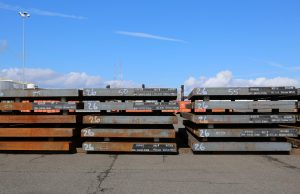
Some of the most successful businesses in the world are built on iron and steel. Iron and steel are the most commonly used metals in the world because they are fundamental components of a wide variety of products made from steelmaking, including semi-finished and finished products. This makes iron and steel the most widely used metals in the world. In addition to this, they have a significant impact on virtually every sector of the economy, such as the production of energy and building materials, transportation, and the manufacturing of various types of machinery.
In other words, they are a major factor in virtually every aspect of the economy. The production of iron ore is essential to the expansion of the United States economy. Due to the amount of iron ore in the United States, it is one of the top 10 producing countries in the world. Iron ore worth $5 billion was mined in the United States in 2013, according to industry estimates. Iron ore production in the United States was responsible for the creation of more than 20,000 jobs in 2012, including direct, indirect, and induced positions.
Increased availability of resources like iron ore could result in the creation of thousands of new employment. Iron ore is just one example of the many different types of minerals that are necessary for the development of new technologies. Check out our online catalog for additional information on the significant roles that minerals play in our day-to-day lives and the crucial purposes that they help to complete.





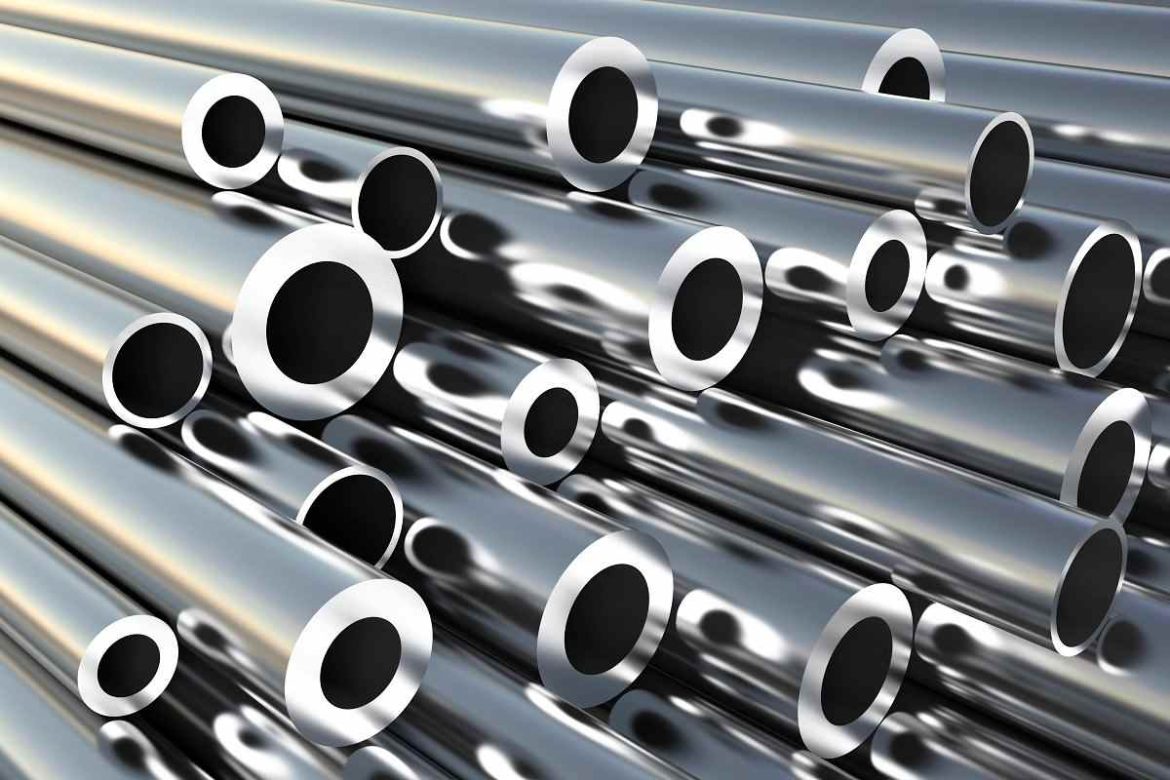
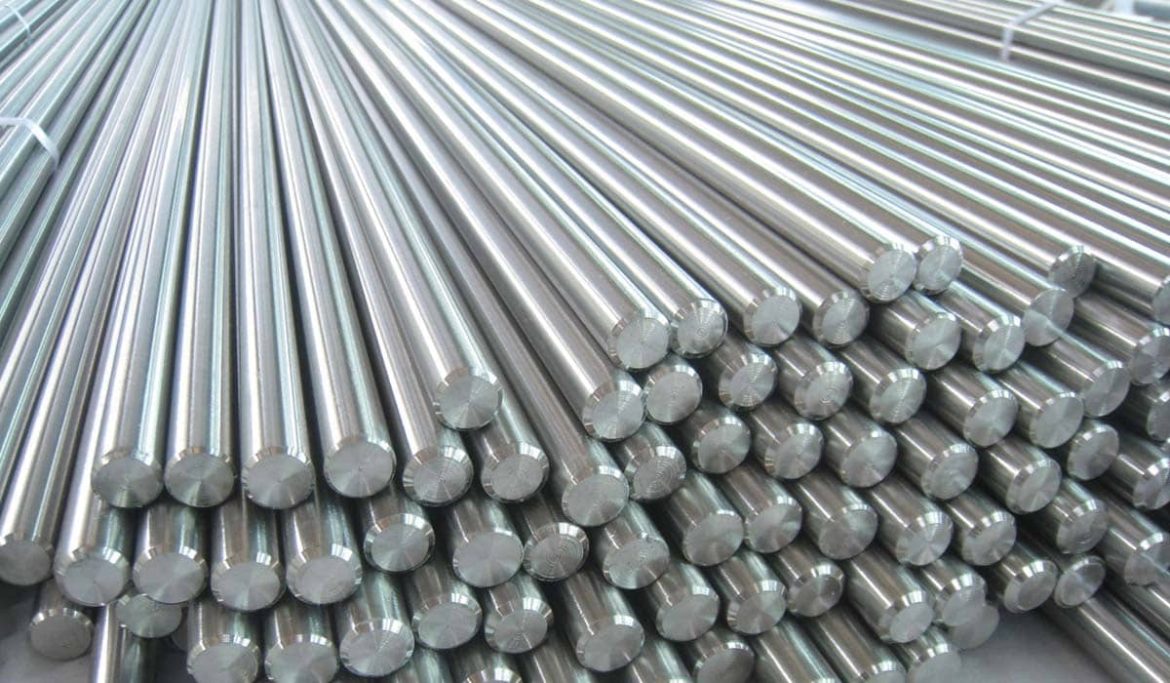
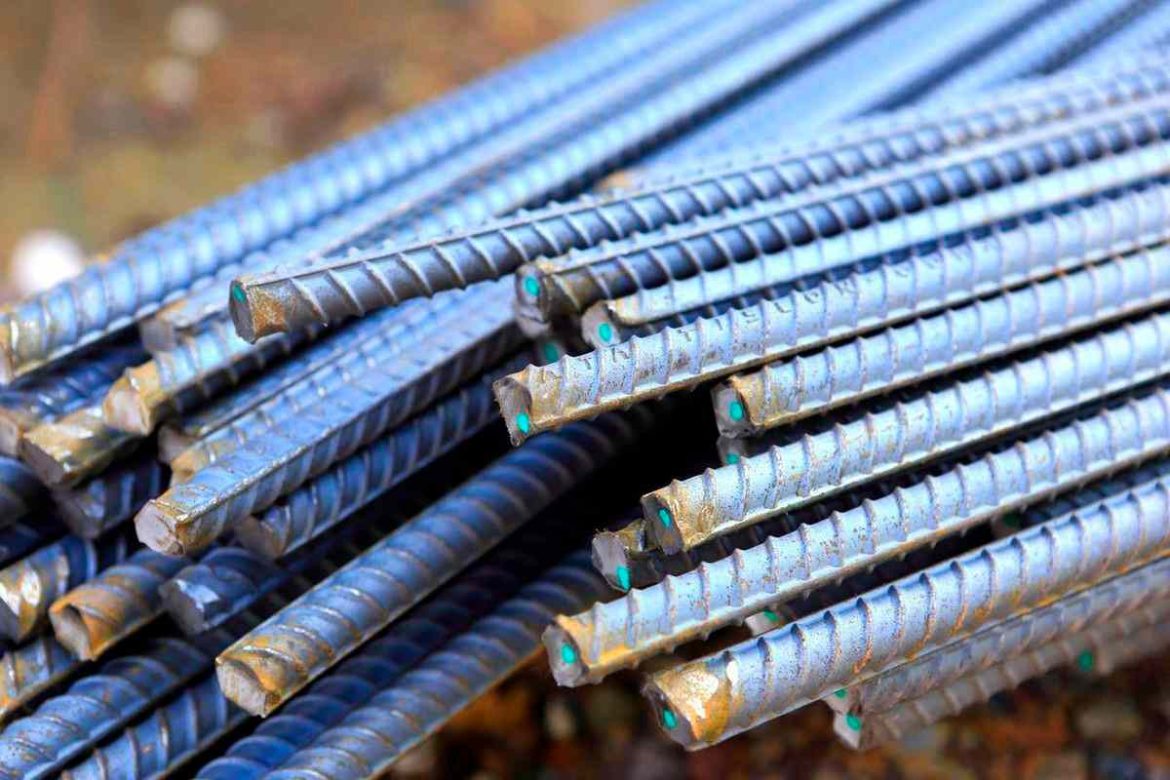
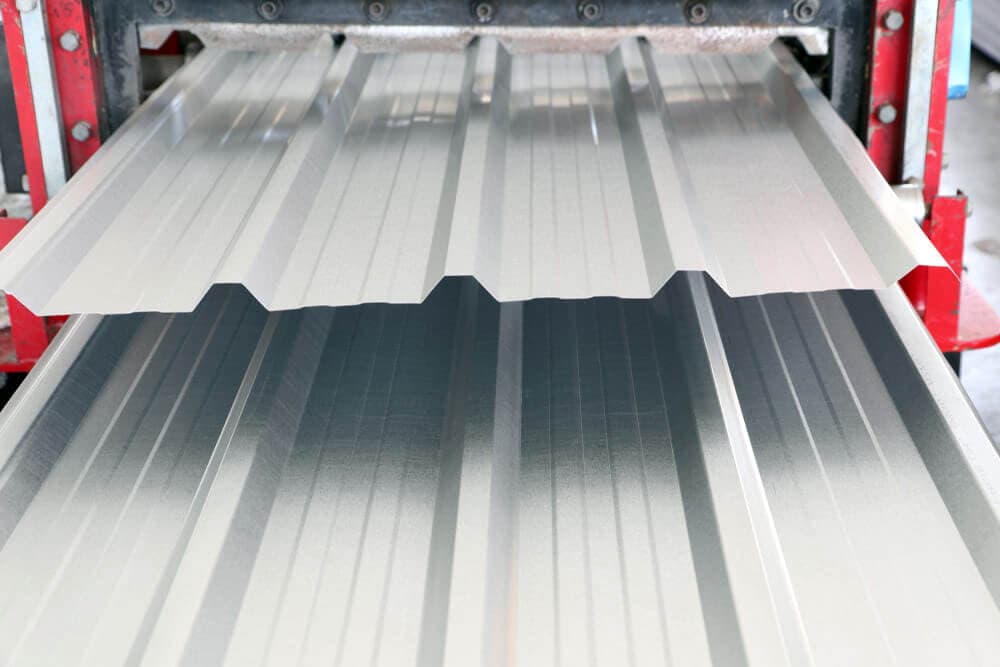
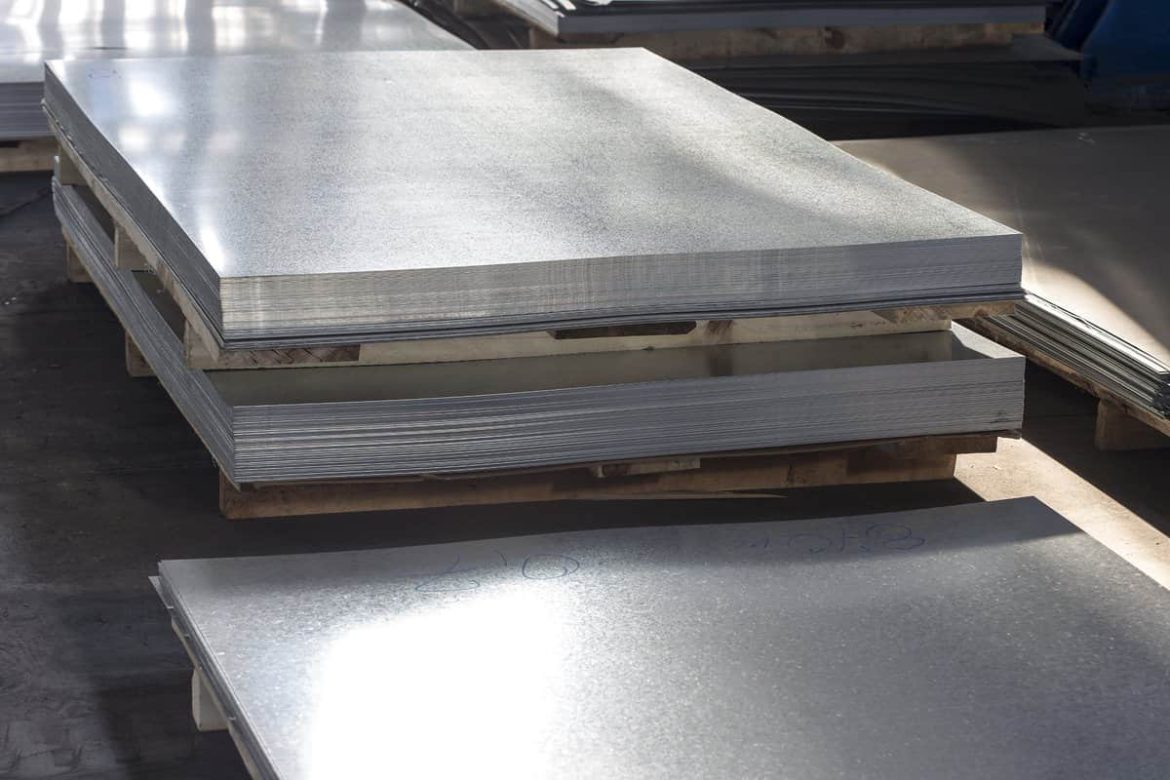
Your comment submitted.